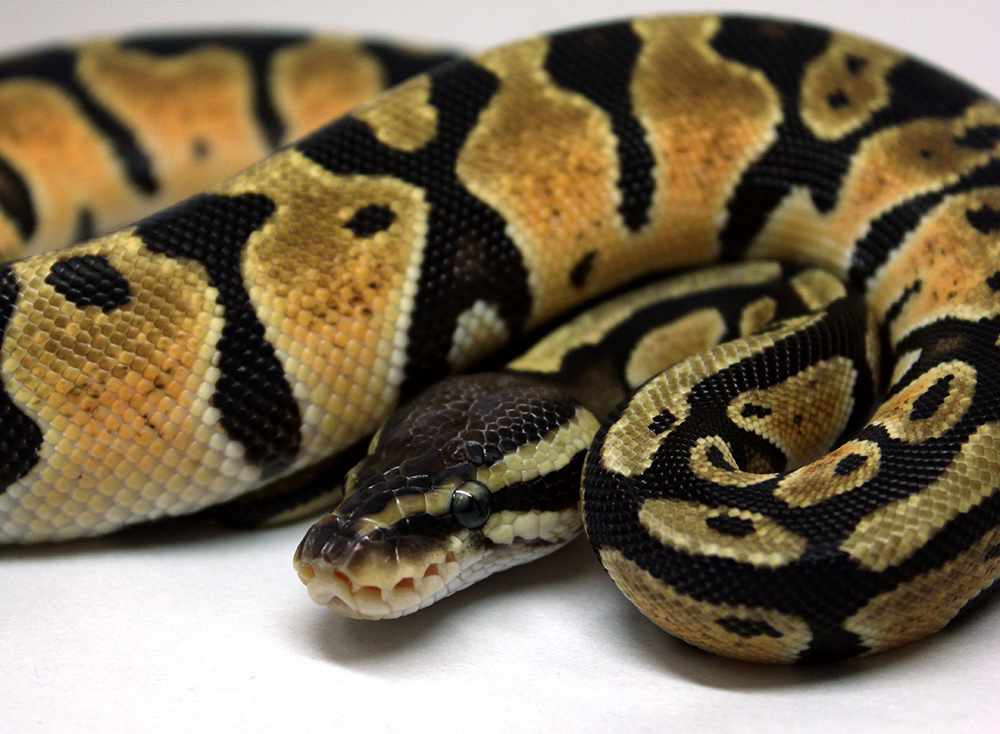неплохая статья про содержание тридакн
Автор:
Dann, в Биология и содержание прочих морских «беспов»
Рекомендуемые сообщения
Пожалуйста, авторизуйтесь, чтобы оставить комментарий
Вы сможете оставлять комментарии после авторизации
Войти




 В наше время обитатели террариумов становятся популярнее с каждым годом, удивляя нас всё сильнее. И всё больше и больше людей начинают увлекаться террариумистикой, познавая все её приятные аспекты. Сегодня мы составим топ из самых популярных террариумных животных для содержания в неволе
В наше время обитатели террариумов становятся популярнее с каждым годом, удивляя нас всё сильнее. И всё больше и больше людей начинают увлекаться террариумистикой, познавая все её приятные аспекты. Сегодня мы составим топ из самых популярных террариумных животных для содержания в неволе